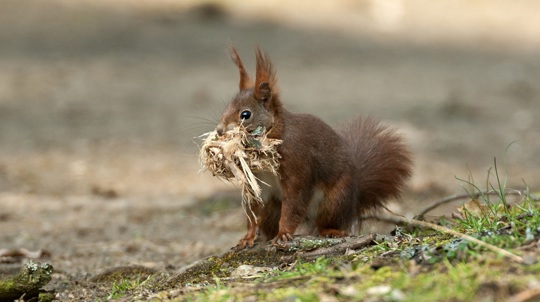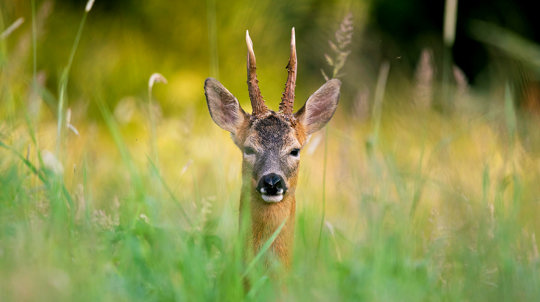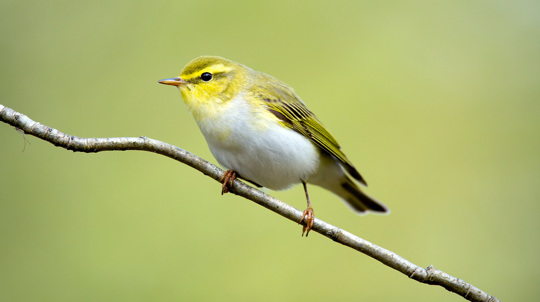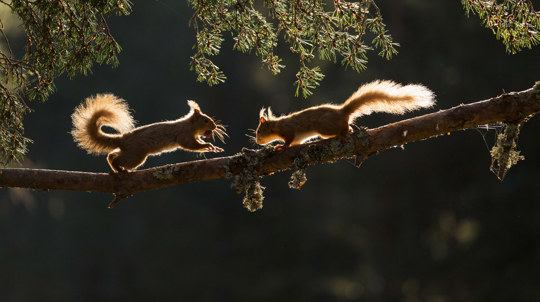Red squirrels don’t hibernate. In autumn they’ll spend time collecting food for the winter when they’ll be less active, but they’ll still be awake.
Red squirrel facts

Content manager, botanist and tree lover
From naughty Squirrel Nutkin to road savvy Tufty Fluffytail, red squirrels are among our best-loved woodland animals.
The red squirrel is the UK's only native squirrel species, and was once a common sight. But for decades red squirrels have been in decline.
Find out why they are threatened and other fascinating facts.
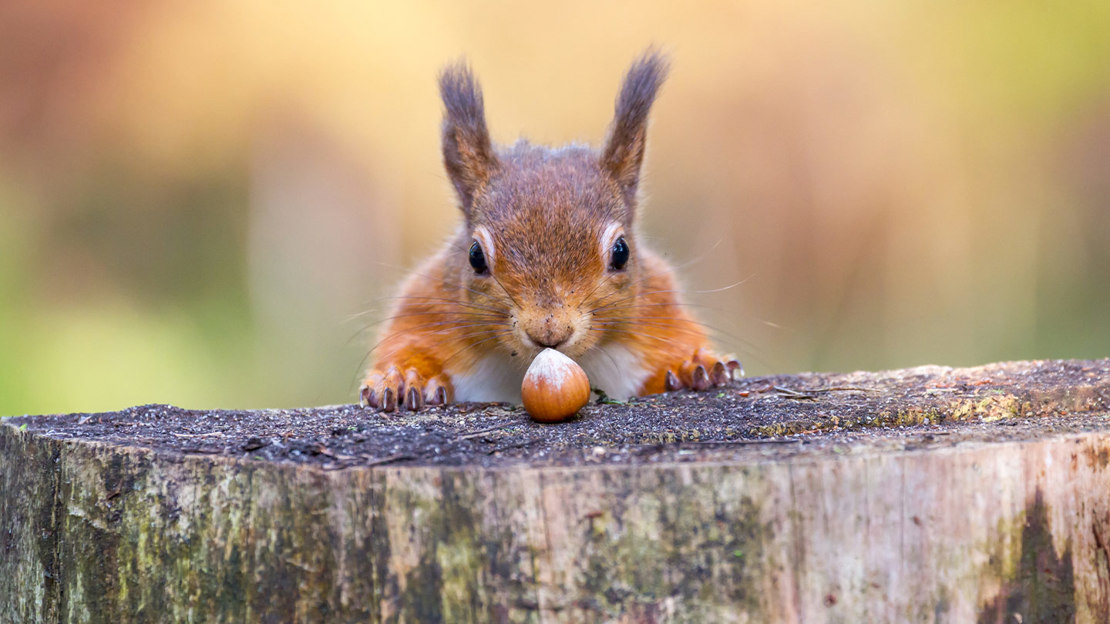
Where do red squirrels live?
Red squirrels (Sciurus vulgaris) live in coniferous forests and deciduous woods in Europe and northern Asia. Their range extends from the UK, Ireland and western Europe to Russia, Mongolia, and northwest China.
Numbers in the UK have fallen dramatically since grey squirrels (Sciurus carolinensis) were introduced as an ornamental species in the 1870s.
Since then, the UK population of reds has dropped from around 3.5 million to between 120,000 to 160,000 individuals (according to different estimates). The population in England is thought to be as low as 15,000.
Population strongholds are Scotland, Northumberland, Wales, Northern Ireland, and the Lake District as well as on islands such as Brownsea.
If you want to see them in the wild, prime spotting times are morning and late afternoon because that’s when they’re most active.
Woodland Trust sites that are home to reds in Scotland are: Plora Wood, Glen Finglas, Crinan Wood, Abriachan Wood, Balmacaan, and Glencharnoch Wood.
In Cumbria you’re most likely to see them at Ridgewood, Arrowthwaite Wood, Shank Wood, and Spooner Vale.
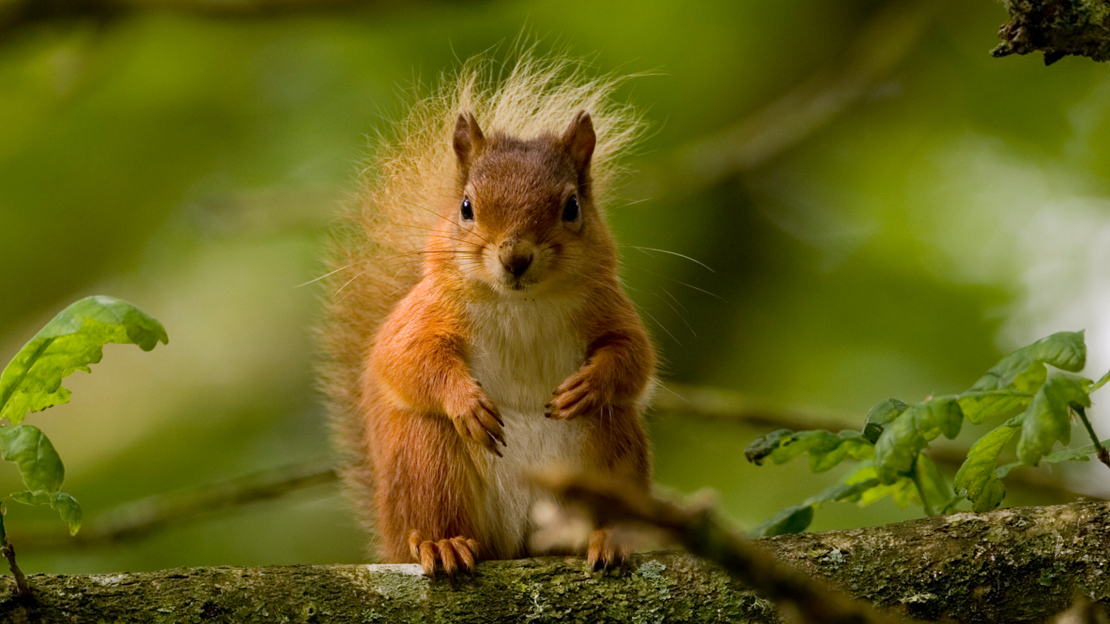
Why are red squirrels endangered?
The red squirrel is officially classed as Near Threatened in England, Wales and Northern Ireland but is locally common in Scotland.
The main cause behind their decline is the introduction of grey squirrels from America. There are three main reasons why greys are a threat.
- Grey squirrels carry a disease, a Parapoxvirus, which does not appear to affect their health but often kills red squirrels.
- Grey squirrels are more likely to eat green acorns, so will decimate the food source before they ripen and the reds can make use of them.
- When red squirrels are put under pressure they will not breed as often.
Another huge factor in their decline is the loss of woodland over the last century, but road traffic and predators are all threats too.
The difference between red and grey squirrels
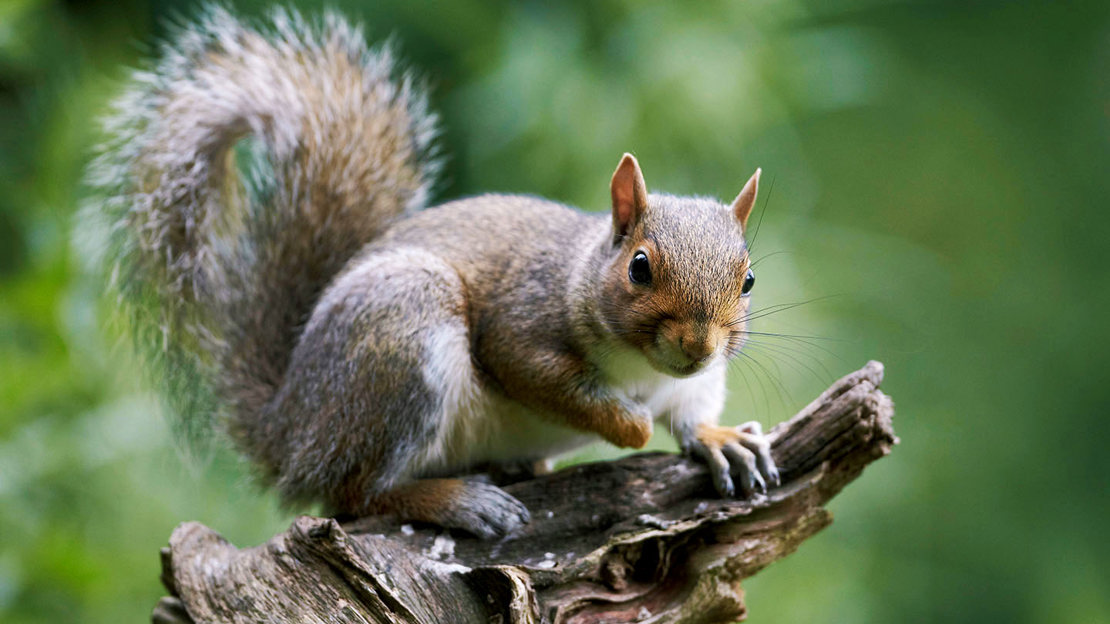
Red squirrels are recognisable by their red to russet fur, ear tufts and long, fluffy tails.
But the colour of their coat can vary with some reds appearing very grey (and some grey squirrels can have red fur down their backs and on their feet). Reds have small ear tufts that develop into large tufts in winter.
Red squirrels are very elusive and spend much of their time in the tree canopy. Look out for large dreys in trees, scratch marks on bark, and chewed pine cones that look like chewed apple cores.
Listen out for their 'chuk chuk' noise which is a vocalisation they often use.
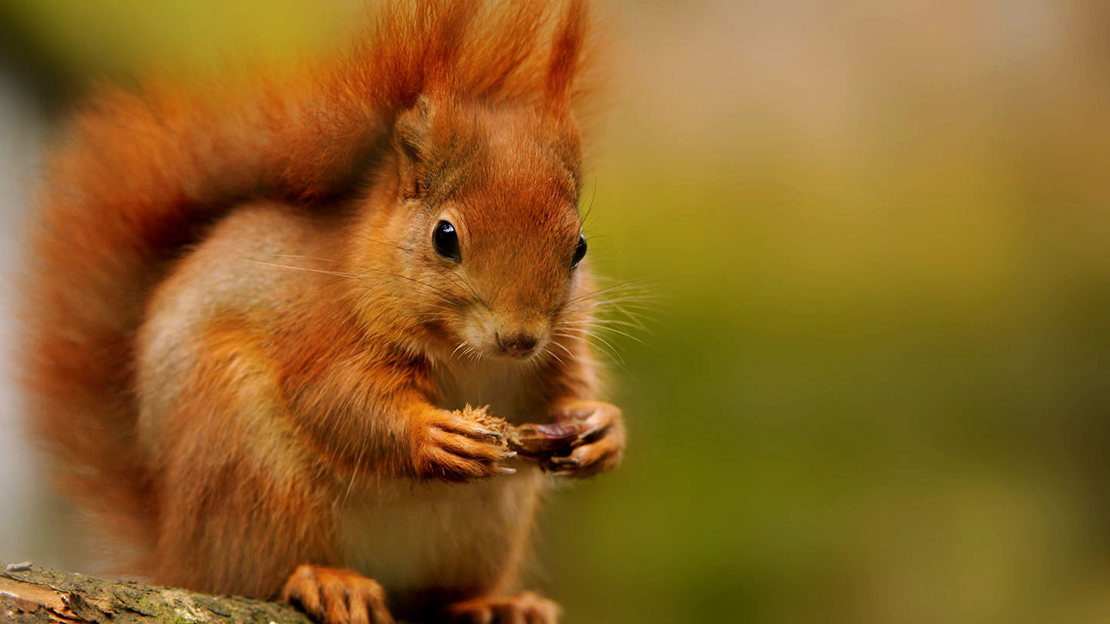
What do red squirrels eat?
Red squirrels have a mainly vegetarian diet that includes seeds, hazelnuts and ripe acorns, fungus, bark, and sapwood. They also occasionally take animal prey such as young birds and eggs.
They especially favour pine seeds, but also eat larch and spruce seeds. Because they disperse seeds, they play a vital role in the reforestation process.
Reds do not hibernate and store fungi in trees to eat over the winter months. When food is plentiful, they put on weight in the autumn to help them through the winter. This is important for breeding females, so that they are in good condition for producing young in the spring.
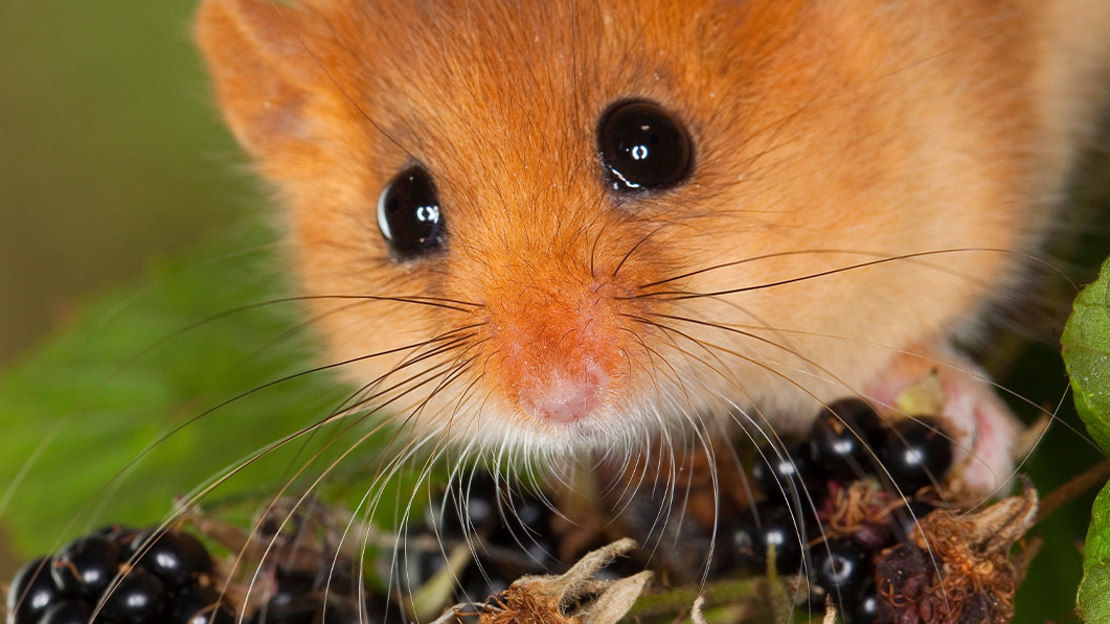
Endangered wildlife appeal
Woodland wildlife is fading before our eyes. Please support our appeal to save rare and threatened species.
Donate nowWhen do red squirrels have babies?
Red squirrels usually produce 2-3 young, called kittens, in February to April and they often produce a second litter from May to June.
Outside of the mating season, red squirrels tend to live alone, but in early spring, watch out for their courtship displays in the trees.
Babies are born 45-48 days after mating and are looked after by their mothers. Kittens are weaned at around 10 weeks when they develop a complete set of teeth. Some stay with their mothers over winter. Only 20- 50% of red squirrel kittens survive to adulthood.
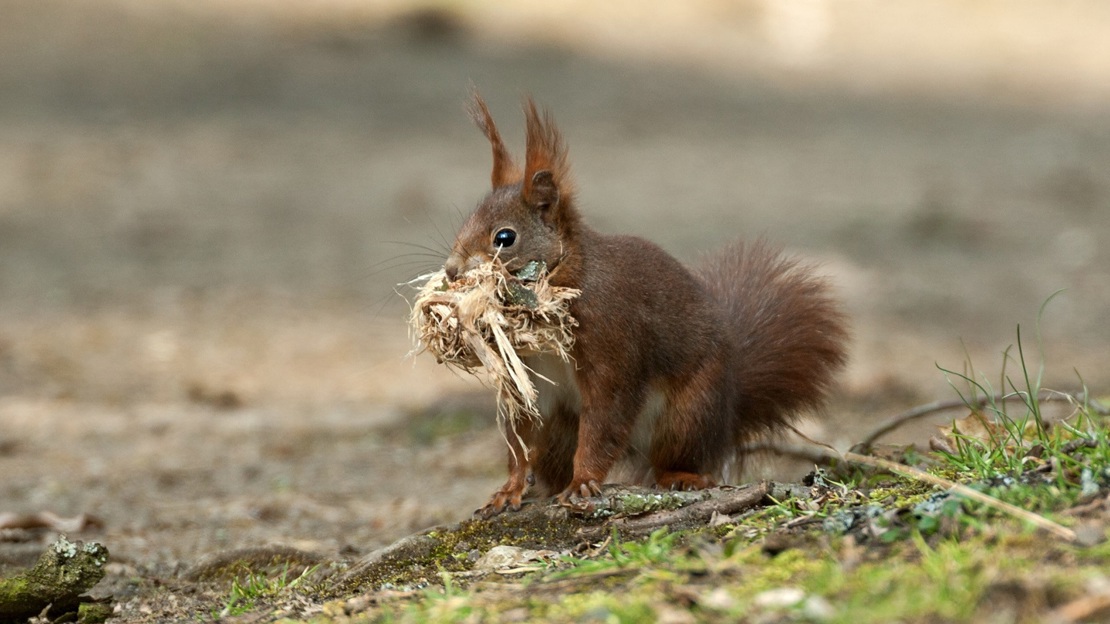
Red squirrel conservation – how we're helping
We are working with partners in projects across Britain to develop long-term conservation strategies that deter greys and encourage reds.
They include establishing buffer areas around red squirrel strongholds with control of grey squirrels, on-going monitoring, helping landowners to improve habitat for squirrels, and planting trees to connect areas of woodland.
England’s remnant reds are now fighting back. A five-year scheme has turned the tide in Cumbria and Northumberland, with almost half of sites surveyed last year showing red activity. We have helped by allowing volunteers to lay trail cams and trap greys in eight of our woods, including Dufton Ghyll in the North Pennines; Miltonrigg in Brampton; and Great Knott Wood near Windermere. The work focuses on the buffer zones where red squirrel strongholds could be extended.
What’s more, a new Heritage Lottery bid is set to cement the good work on a UK-wide basis. If approved, £1.2 million will be spent creating a ‘rapid response team’ of 1,250 volunteers, trained to conserve the native red wherever greys encroach.
We are also supporting research by the Vincent Wildlife Trust and Exeter University into re-introduction of pine marten to areas where it had disappeared. Research suggests that pine martens can help to control numbers of grey squirrels, and that this could enable recovery of red squirrel populations.
Who lives in your local wood?
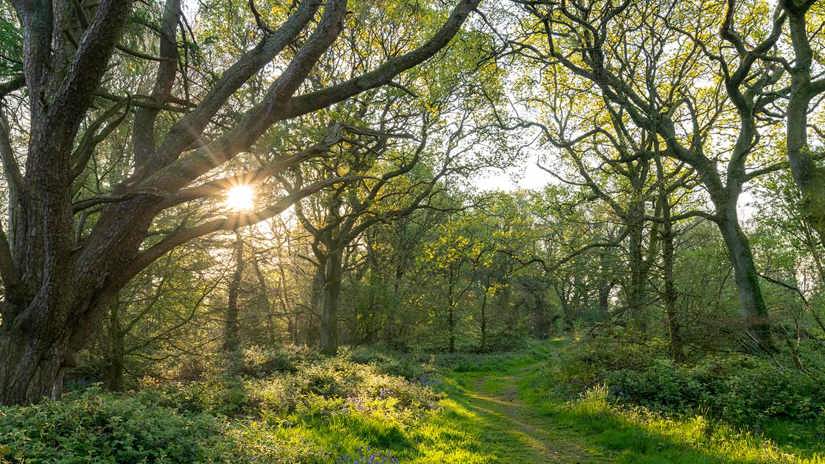
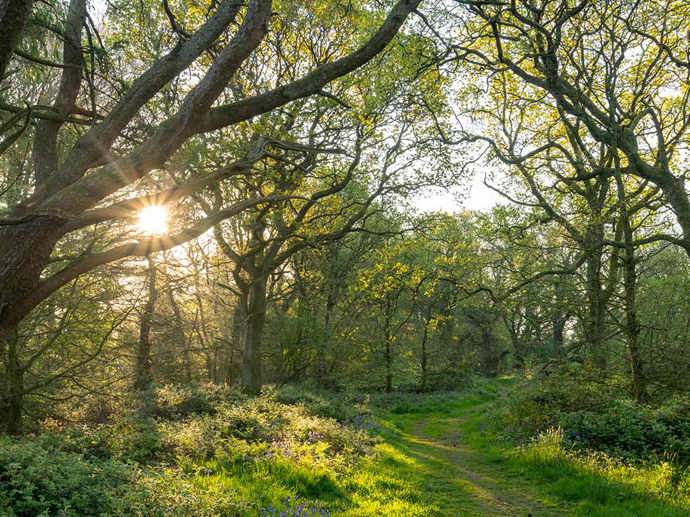
Go exploring
Primordial landscapes, tangled branches, breathtaking wildlife and miles of woodland trails. From the countryside to cities, we care for thousands of woods throughout the UK, all free to visit.



